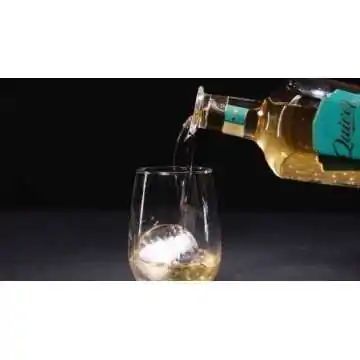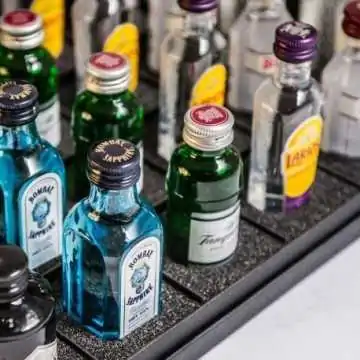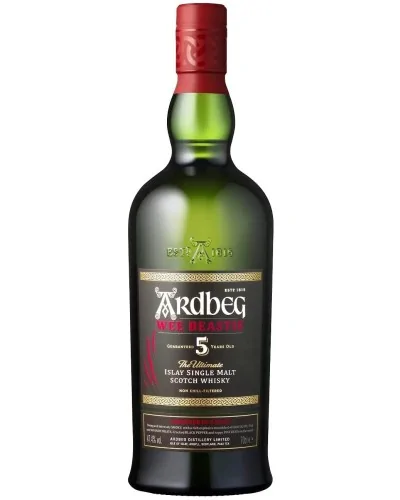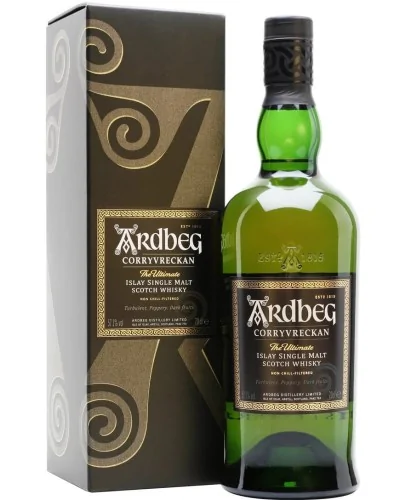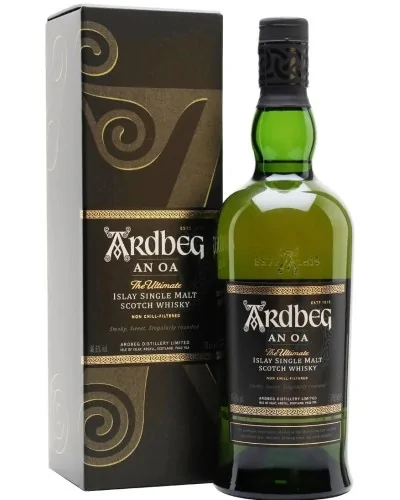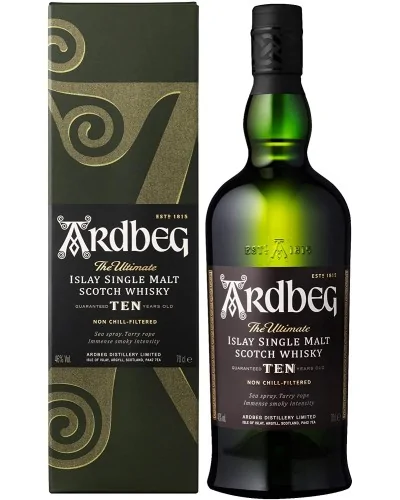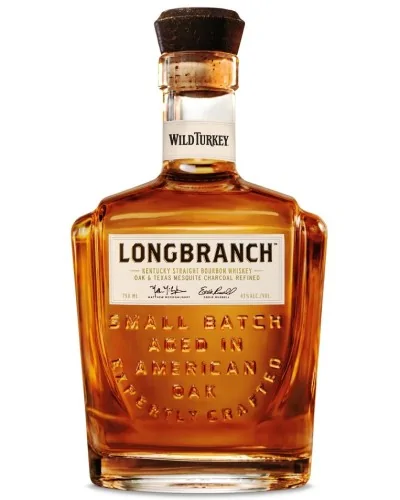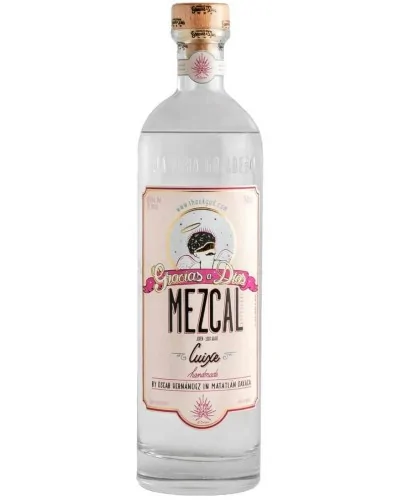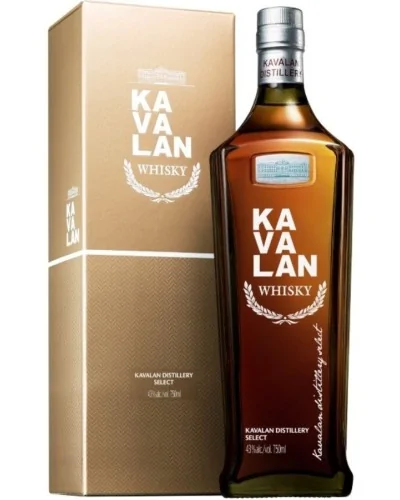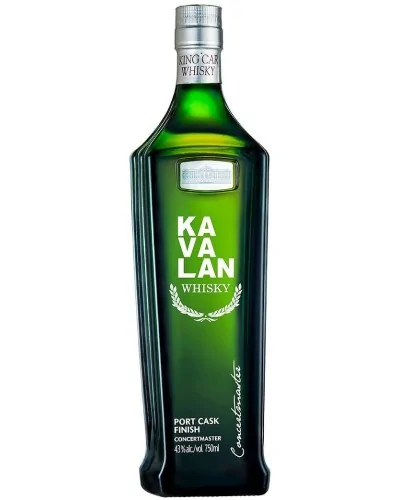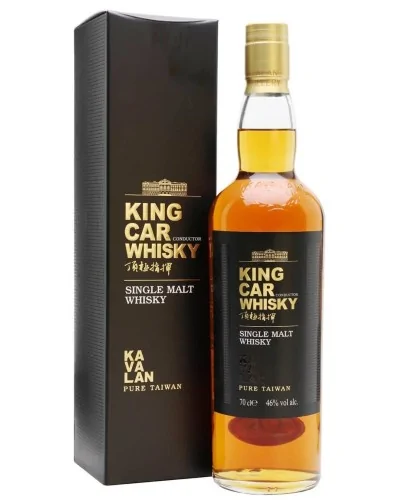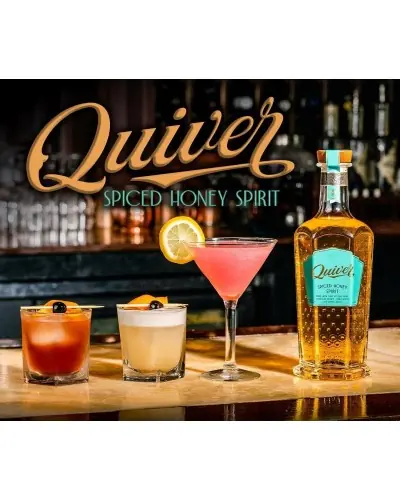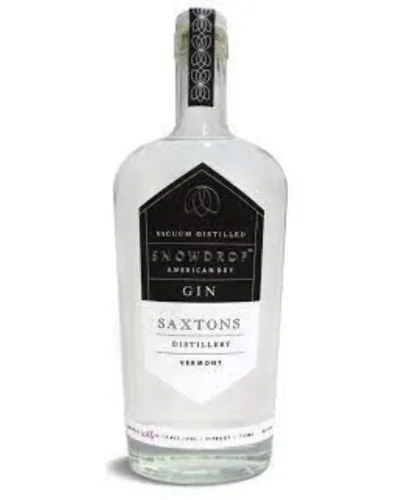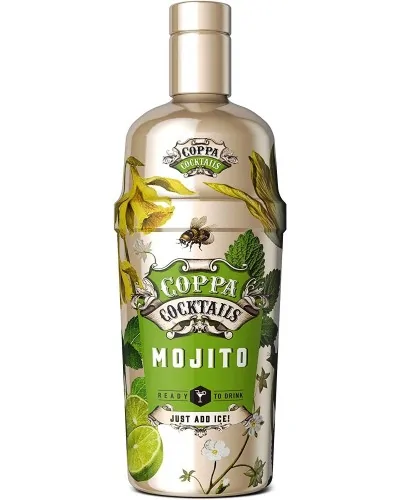Filter By
Availability
Availability
Selections
Selections
Price
Price
$11.00 - $7,897.00
Categories
Categories
Vintage
Vintage
Brand
Brand
Weight
Weight
1 lb - 20 lb
Size
Size
Buy a Gift Card
Liquors
The distillation process concentrates the liquid to increase its alcohol by volume. As liquors contain significantly...
Gin
Gin originated as a medicinal liquor made by monks and alchemists across Europe, particularly in southern Italy,
Rum
Rums are produced in various grades. Light rums are commonly used in cocktails, whereas "golden" and "dark" rums...
Vodka
Vodka is traditionally drunk "neat" (not mixed with water, ice, or other mixers), and it is often served freezer...
Whiskey
Whisky is a strictly regulated spirit worldwide with many classes and types. The typical unifying characteristics of...
Showing 1573-1584 of 2033 item(s)
Active filters
Ardbeg Corryvreckan 750ml
$139.99
Ardbeg Corryvreckan Islay Single Malt. Plunge into the whirlpool and torrents of taste well up on the palate; deep, peppery and chewy, bombarding...
Ardbeg An Oa 750ml
$89.99
Ardbeg An Oa Islay Single Malt Scotch Whisky, The result is a dram with smoky power, mellowed by a delectable, smooth sweetness. Hallmark Ardbeg...
Ardbeg 10 Year Single Malt...
$84.99
Ardbeg 10 Year Single Malt Scotch Whisky. A peat and spiced fruit explosion – bananas and currants, pepper and cinnamon-spiced toffee and smoke,...
Wild Turkey Longbranch
$59.99
Wild Turkey Longbranch 750ml. Made in small batches and refined with oak and Texas Mesquite charcoals, this unique process results in an...
Gracias a Dios Cuishe Mezcal
$89.99
Gracias a Dios Cuishe Mezcal 750ml. Color : Clear, with green hues. Nose : A harmonious blend of mint, eucalyptus, lemon and grapefruit. Palate :...
Kavalan Whisky Distillery...
$54.99
Kavalan Whisky Distillery Select 750ml. Creates rich yet mellow layered taste using exquisite barrel art with consummately skilled blending...
Kavalan Whisky Concertmaster
$94.99
Kavalan Whisky Concertmaster Port Cask Finish Single Malt 750ml. Color : Brownish red. Nose : Tropical fruitiness with honey, vanilla, coconut and...
Kavalan Whisky King Car...
$119.99
Kavalan Whisky King Car Conductor Single Malt 750ml. Color : Vivid amber. Nose : Excellently clean and freshly fruity single malt. A touch of...
Quiver Spiced Honey Spirit...
$43.99
SKU 29485 Lithuanian Born, American Made Sip It, Shoot it, Rock It, Mix It
Saxtons River Dry Gin 750ml
$49.99
Saxtons River Distillery Snowdrop American Dry Gin Vermont. This vacuum distilled American Dry Gin has 18 botanic ingredients including juniper,...
Coppa Cocktails Mojito
$18.99
Coppa Cocktails Mojito 750ml. Is a world-famous cocktail made with Caribbean rum, hints of mint and lime. Pour straight from the fridge into your...
